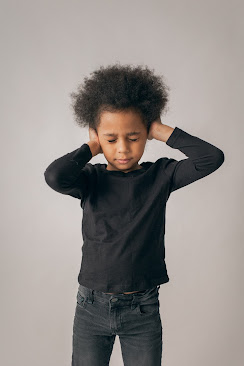What is Echolalia in children with Autism and how to deal with it?
Echolalia is the repetition or echoing of words or sounds that you hear someone else say. It is an important step for language development in children. Echolalia is a sign of autism, developmental disability, or communication disability in children over the age of 3.
It can happen in children with Autism Spectrum Disorder like Asperger’s syndrome. They may need extra time to process the world around them and what people say to them. This causes them to copy or repeat the sounds or words they hear.
It is important to focus shaping communication intent as per the child’s echolalia. This can be done by:
- Avoid responding with sentences that will result in echolalia. Instead of asking a child “Do you want juice?” choose a sentence that produces a correct echolalia response as “I’m thirsty” (while pouring juice) or “I’m hungry” while eating a biscuit.
- Respond to Communicative Intent – example: Adult: “Do you want some water?” Child: “Do you want some water?” (reaching for water) Adult: “Want water. “(Child’s name) want water.”– increasing demands should be made for a child’s repetition of reduced model utterances.
Visual supports are a vital piece of the strategy. How to model is also very important.
- Have your child look directly at what is happening (joint attention). Then use simple language that tells about what is being done.
- If your child doesn’t have joint attention skills, be sure to talk about what they are attending to. Also, work on increasing joint attention
- Make sure that the language you use literally and directly relate to the ongoing activity.
- Model the language many times. Point at the visual picture or sentence script and say it out loud more than once before expecting a correct response. Make sure that your child can initiate using the language before introducing questions.
- Repeat the action, providing a model yet again. Then ask a question. Immediately give the answer verbally and visually by pointing at the words or picture. Then ask the question again and pause.
- If your child still echoes the question, say the language with a little more emphasis and stop doing the action. Pause and ask the question again. Wait to see if your child echoes the question or gives the answer.
- Help your child point at the pictured words or pictures, if they are still echoing the question, then you start doing the action again.
- This time, put more emphasis on the answer than on the question.
- Practice and repeat as needed!
Ask the question and say the response as you start the action again.
Thank you for reading. I hope this article was useful!.
A.Durgapersad (Speech Language Pathologist)
Tel: 0844464560
ad_speech_therapy: For more tips and information




Comments
Post a Comment